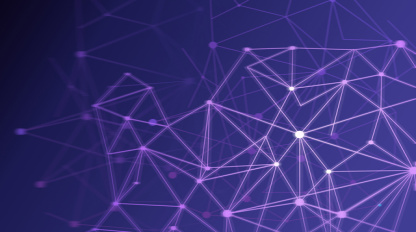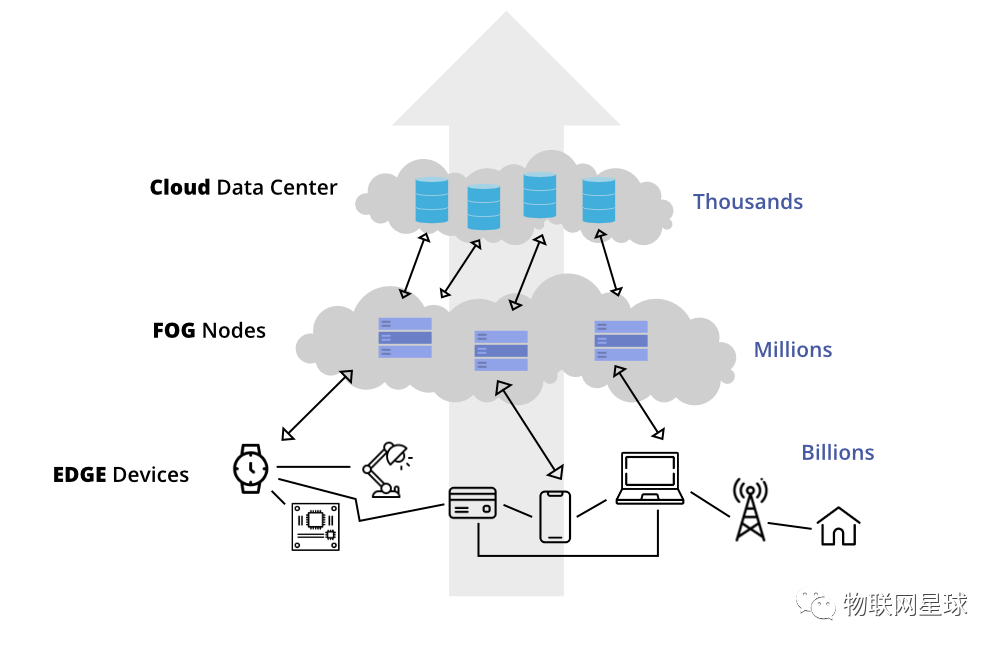What is edge computing? Why is it said to be a gas station in the era of smart IoT?

What is edge computing? Why is it said to be a gas station in the era of smart IoT?
With the rapid development of the Internet of Things (IoT), we are rapidly entering a new era - the era of intelligent Internet of Things (AIoT). In this era, hundreds of millions of devices will be connected to each other through artificial intelligence (AI) and machine learning (ML) technologies to generate, exchange and utilize massive amounts of data. In this great change, edge computing, as an important part of data processing, is playing an increasingly important role, and is even called the "gas station" in the era of intelligent Internet of Things.

What is edge computing?
Edge computing refers to pushing computing tasks from the cloud to the edge of the network, that is, the device or terminal itself. By performing data processing and analysis on the device side, edge computing can increase data processing speed and efficiency while reducing reliance on cloud networks. In the era of smart IoT, this technology is crucial for processing large amounts of data and making real-time decisions.

The importance of edge computing
- Improve data processing efficiency: In the era of smart IoT, data is a gold mine, but the speed and ability of cloud data processing often cannot meet real-time needs. Edge computing can process data instantly on the device side, allowing the device to respond quickly, greatly improving data processing efficiency and real-time performance. This is critical for many key application areas such as autonomous driving, industrial automation and smart homes.
- Reduce network burden: By shifting some computing tasks to the device, edge computing reduces dependence on the cloud network, thereby reducing network burden. This is very important for processing large-scale, high-concurrency data, and also allows IoT devices to run better under limited network resources.
- Ensure data security: Since data is processed on the device side, sensitive data does not need to be transmitted to the cloud, thereby reducing the risk of data leakage and enhancing data security. This is of great significance for protecting user privacy and corporate sensitive information.
- Promote the development of AIoT: Edge computing provides a powerful driving force for AIoT. It not only improves data processing efficiency, but also reduces the consumption of network resources, allowing AI and IoT to be better integrated, further promoting the development of the intelligent Internet of Things. At the same time, edge computing also provides the possibility to develop new application areas, such as smart homes, industrial automation and driverless cars.
- Enhanced user experience: Through edge computing, devices can respond faster to user operations and needs, providing users with a smoother, real-time interactive experience. This is critical for many IoT applications, such as driverless cars, industrial automation, and smart homes.
Advantages of edge computing
- Reduced latency: Since data is processed on the device side, the data transfer time from the device to the cloud is reduced, thereby reducing latency. This is important for scenarios that require real-time responses, such as autonomous driving and industrial automation.
- Improve network efficiency: Since edge computing can offload some data processing tasks, it can reduce the load on the cloud network and improve network efficiency. This is very beneficial for processing large-scale, high-concurrency data.
- Protect data security: Since data does not need to be transmitted to the cloud, the risk of data leakage can be reduced and data security improved. This is of great significance for protecting user privacy and corporate sensitive information.
- Support diversity: Edge computing can support a variety of different devices and platforms, so it can better support the diversity of IoT. This means that a variety of different sensors, devices, and systems can be used to implement smart IoT applications.
- Reduced costs: Because edge computing can reduce dependence on cloud networks, it can reduce network bandwidth costs and cloud computing costs. This is an important consideration for both business and individual users.
Summarize
Edge computing plays an increasingly important role in the era of intelligent IoT. It can not only improve data processing efficiency and real-time performance, but also reduce network load and cost, and enhance data security and user experience. Therefore, edge computing is considered one of the core driving forces in the era of intelligent Internet of Things, providing a steady stream of power for our future.